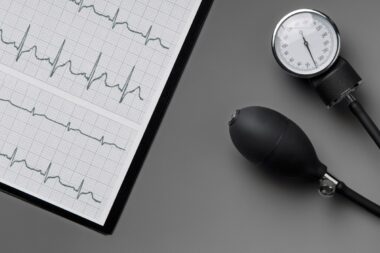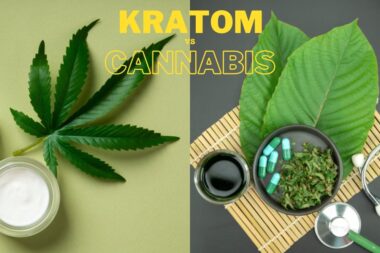Anxiety disorders are widespread in the United States, impacting more than 40 million adults, or 18.1% of the population. Despite being highly treatable, just 36.9% of individuals seek assistance, as reported by the Anxiety & Depression Association of America (ADAA).
Various conditions are associated with anxiety, and their symptoms often overlap, leading to confusion between different forms of anxiety, such as general anxiety and panic attacks.
Below we dive into the nature of panic attacks and how anxiety, regardless of its intensity, can be effectively managed.
What exactly is a panic attack?
These are brief episodes of intense fear marked by symptoms like rapid heart rate, chest pain, or difficulty breathing. Typically lasting under thirty minutes, panic attacks can strike suddenly and without an apparent cause.
The fear experienced during a panic attack can be so overwhelming that it might resemble a heart attack. Approximately 11% of Americans experience a panic attack each year.
Individuals facing recurring panic attacks may be dealing with panic disorder (PD), a condition affecting about 4.7% of U.S. adults at some point. PD is more common among young adults, particularly women, with half of them developing the disorder before the age of 24.
Anxiety Vs. Panic Attack
It’s important to distinguish between an “anxiety attack” and a panic attack, even though these terms are sometimes used interchangeably. Unlike panic attacks, “anxiety attack” is not an official diagnosis. Differences exist in the duration, intensity, and triggers of the symptoms.
Efficient treatment for anxiety disorders, including panic attacks, necessitates a professional evaluation by a healthcare provider. Accurate diagnosis is essential before addressing the disorder, condition, or root cause of anxiety.
Treatment methods vary depending on the diagnosis and the severity of symptoms. They range from medications (such as antidepressants or beta-blockers) to therapy, lifestyle modifications, or a combination of these approaches.
Therapeutic options like cognitive therapy, cognitive-behavioral therapy, and innovative techniques like ketamine infusion therapy can assist in managing symptoms and reducing excessive worry and fear.
There are numerous paths to alleviate anxiety and improve the quality of life for those grappling with it. For more information on treatment choices and distinctions between anxiety and panic attacks, please see the following resource provided by MD Infusions.
Infographic provided by MD Infusions, learn more about ketamine therapy benefits.
Thumbnail Credit: Freepik
This article is published by our independent team of health and wellness pundits that publish original and informative content to empower readers to take charge of their health and embark on a physically, mentally, and emotionally balanced lifestyle.





































